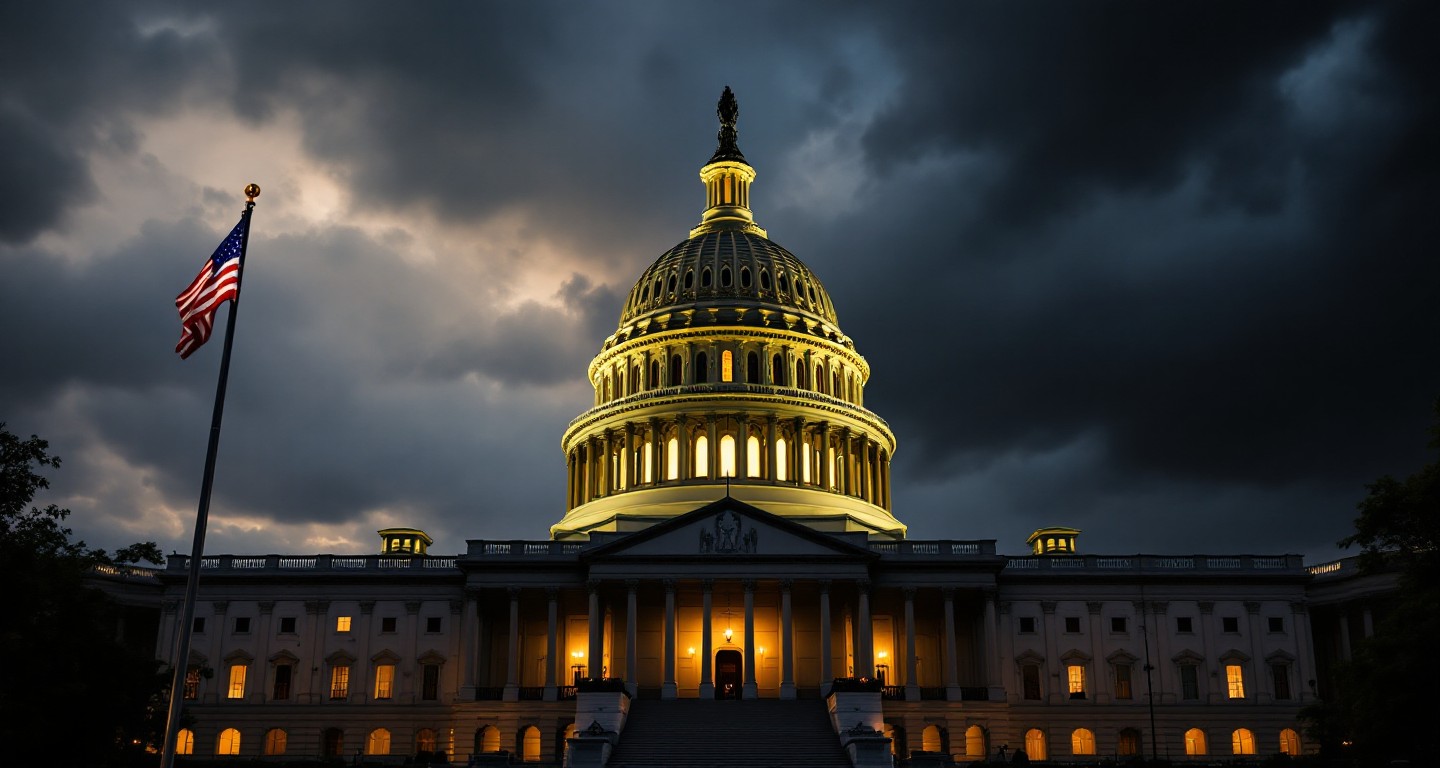
Congress in Turmoil as Trump’s ‘Big, Beautiful Bill’ Faces Rocky Path to Passage
A Midnight Showdown on Capitol Hill
It’s not every day that Congress finds itself locked in a rare overnight session, but that’s exactly where lawmakers landed this week as President Donald Trump’s “One Big, Beautiful Bill” barreled toward a make-or-break moment. The bill, a sprawling 1,100-page package that promises to make permanent the 2017 Trump tax cuts, slash social spending, and upend everything from Medicaid to clean energy credits, has become the defining legislative battle of Trump’s second term.
I’ve covered plenty of late-night legislative marathons, but the mood in the Capitol this week felt especially electric—and anxious. As the House Rules Committee slogged through the early hours, the air was thick with uncertainty, and even seasoned staffers whispered that the outcome was “anyone’s guess”.
What’s Actually in the Bill?
Let’s break it down. Trump’s “Big, Beautiful Bill” is a kitchen-sink approach to economic policy. It would:
- Make the 2017 tax cuts permanent, protecting the average taxpayer from a 22% tax hike and boosting take-home pay for many families.
- Eliminate federal taxes on tips and overtime pay—an idea that’s won praise from gig workers and service industry advocates.
- Expand the child tax credit, though with new restrictions that could leave millions of children ineligible.
- Slash hundreds of billions from Medicaid and SNAP (food stamps), with the Congressional Budget Office warning that up to 10 million Americans could lose health coverage.
- Roll back clean energy tax credits, a move that’s drawn fire even from some Republicans whose states have benefited from the green jobs boom.
The bill is, in short, a wish list for Trump’s base and a lightning rod for critics. It’s also projected to add between $2.3 and $3.8 trillion to the national debt over the next decade, according to nonpartisan budget analysts.
The Political Chessboard: Can It Pass?
Here’s where things get interesting. The House Budget Committee advanced the bill by a razor-thin margin, with several hard-right Republicans voting “present” rather than “no”—a subtle but telling sign of deep divisions within the GOP. Speaker Mike Johnson, under intense pressure from Trump, has been working the phones and the cloakrooms, trying to wrangle enough votes from a fractious Republican caucus.
The sticking points? Fiscal hawks want deeper cuts to Medicaid and a faster start to new work requirements, while moderates from swing districts are balking at the scale of the social safety net reductions and the potential loss of popular clean energy credits. Democrats, for their part, are united in opposition, calling the bill a “debt bomb” and a giveaway to the wealthy.
With only a three-vote margin in the House, Johnson can’t afford many defections. As of this writing, the bill is expected to come to a floor vote as early as Wednesday or Thursday, but its fate is far from certain.
The Senate: A Steeper Hill
Even if the bill squeaks through the House, the Senate is another story. There, Democrats hold enough seats to filibuster, and several moderate Republicans have signaled discomfort with the bill’s deep cuts and deficit impact. Senate Majority Leader Chuck Schumer has already called the bill “dead on arrival,” but Trump and his allies are betting that public pressure—and the looming debt ceiling deadline—could force a compromise.
Winners, Losers, and the American Middle
If you’re a high-income earner, a small business owner, or someone who relies on tips and overtime, the bill could mean a fatter paycheck. But for low-income Americans, Medicaid recipients, and those who depend on food assistance, the outlook is grim. The CBO estimates that the bottom 10% of earners would lose about 2% of their income, while the top 10% would see a 4% boost.
I spoke with a diner owner in Ohio who told me, “No tax on tips would be huge for my staff, but if my customers lose Medicaid, who’s going to come in for breakfast?” That tension—between immediate tax relief and the long-term social safety net—is at the heart of the debate.
The Road Ahead
As Congress races toward a self-imposed July 4th deadline, the stakes couldn’t be higher. Trump is all-in, making personal calls to wavering lawmakers and framing the bill as a test of Republican unity. But the divisions are real, and the outcome is anything but guaranteed.
If I had to bet, I’d say the House will pass some version of the bill, but the Senate will force major changes—or stall it altogether. Either way, the “Big, Beautiful Bill” is a window into the soul of American politics in 2025: polarized, high-stakes, and deeply consequential.
